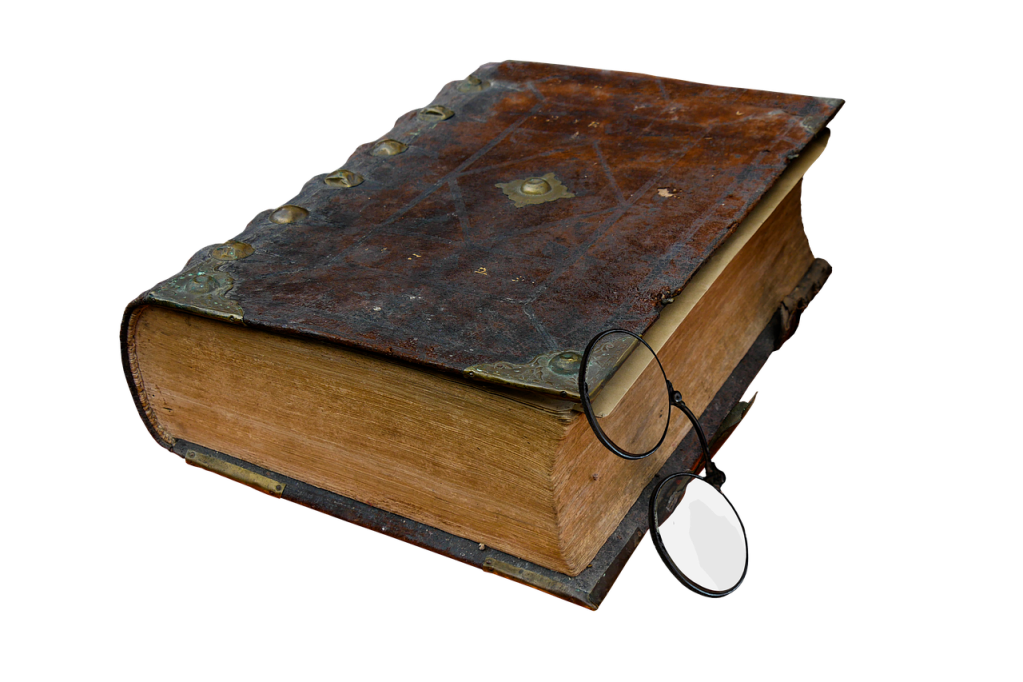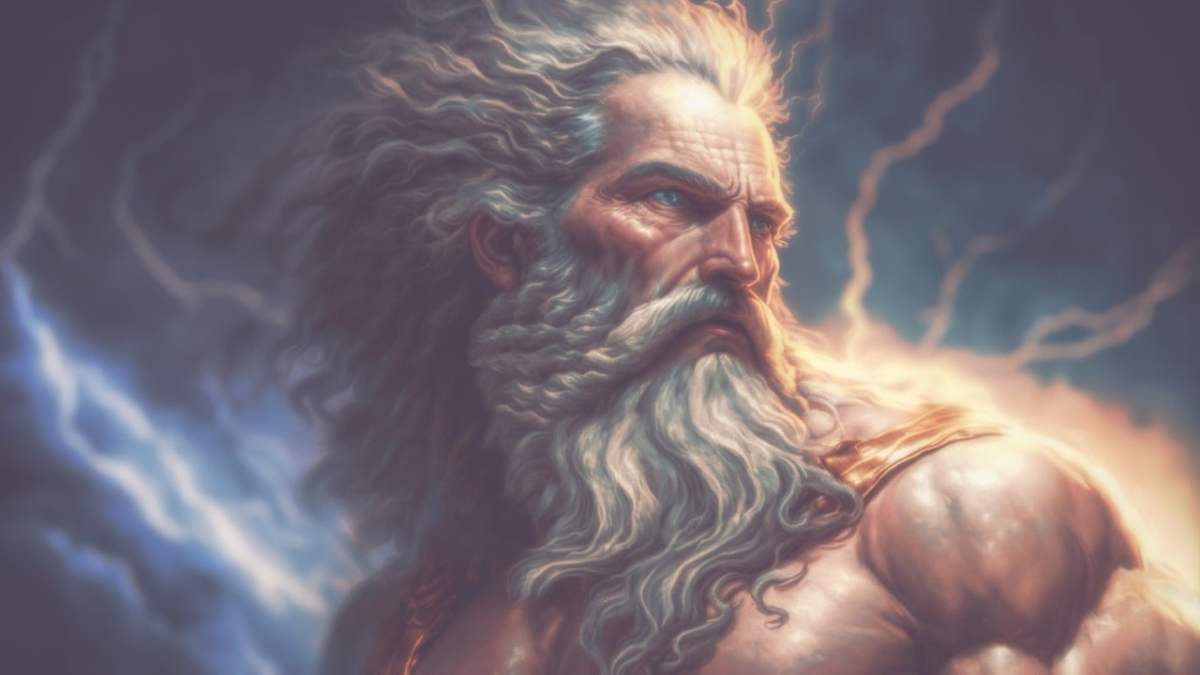Have you ever read a book where a cryptic prophecy pushes the hero down a path of destiny, or where age-old legends breathe life into an entirely new world? If you’re nodding your head, you know just how mesmerizing myths, legends, and prophecies can be. But let’s be real; it’s not as easy as it looks to seamlessly incorporate these elements into your own stories, right?
That’s where this post comes in. Today, we’re diving deep into the enchanted waters of speculative fiction to explore how you can craft legends and prophecies that not only captivate your readers but also add rich layers of complexity to your narrative. Whether you’re constructing a mythical world from scratch or adding a dash of the extraordinary to a tale set in our own world, this guide is for you.
Grab your quill, scroll, or laptop, whatever your writing tool of choice might be, and let’s get started on making your story truly legendary!
Why Include Myths, Legends, and Prophecies?
Alright, let’s cut to the chase: Why should you even bother with adding myths, legends, or prophecies in your speculative fiction story? Excellent question, my curious comrades! Let’s break it down, shall we?
First off, these timeless elements can make your story more, well, timeless. Think about it; myths and legends have been captivating humanity for centuries. They’re like the VIPs of storytelling, adding a dash of immortality to your tale. And who doesn’t want their story to have that ageless appeal?
Next, let’s talk about depth. Ever found yourself lost in a rich fantasy world, captivated by its history and cultures? More often than not, you’ll find that the world is steeped in ancient myths or age-old legends. By incorporating these elements, you invite your reader to delve deeper, to go beyond the immediate plot. You’re essentially handing them a shovel and whispering, “There’s treasure beneath the surface. Dig in!”
And hey, don’t underestimate the power of psychological drama. A well-crafted prophecy can hang like a shadow over your characters, shaping their actions and decisions throughout the story. It creates this irresistible tension—your readers will be flipping pages like mad, wondering if the prophecy will come true or how it will manifest if it does. Ah, the suspense!
But wait, there’s more! Myths, legends, and prophecies can also serve as phenomenal tools for character development. Imagine your protagonist battling not just external foes but wrestling with a legendary curse or striving to fulfill an ancient prophecy. It’s like adding a spice mix of internal conflicts, making your character more complex and relatable.
So, to sum it up: myths, legends, and prophecies are like the special sauce that makes a good story truly unforgettable. They add historical richness, emotional complexity, and a sprinkle of universal appeal.
Stay tuned as we dive into how to actually create these mythical elements. But for now, let’s revel in the awesomeness that they can bring to your storytelling game!
Historical Inspiration

Are you ready to go on a little time-traveling adventure? Because it’s time to dig into the treasure trove of historical inspiration. Now, before you worry that this is going to turn into a dry history lesson, fret not. We’re aiming for the kind of history that lights your creative fires, not puts you to sleep.
Ever heard of the legend of King Arthur? How about the Greek myth of the Trojan War? And let’s not forget about the countless Native American, African, and Asian myths that have captured imaginations for centuries! These tales have something magical: an enduring allure that’s survived through the ages. You too can harness some of that age-old magic for your own stories.
So, how do you borrow from the past without becoming a copycat? First things first, do your homework. Dive into myths and legends from various cultures and time periods. It’s like window shopping through history, you never know what little gem might catch your eye and spark inspiration.
Now, once you’ve got your ancient tale of choice, think about how to make it your own. Are there overlooked characters whose perspectives you can explore? Could the prophecy that led Achilles to his doom find a new life in a futuristic setting? The possibilities are truly endless.
Here’s the golden rule: take the essence, not the whole dish. Think of these myths and legends as a foundation. They offer you a solid base, rich with themes, conflicts, and archetypes to draw from. But from there, it’s your job to build something entirely new, something uniquely yours.
To sum it up, historical inspiration isn’t about outright theft; it’s about reimagining. It’s about taking a seed from the fertile ground of human history and folklore, planting it in your own creative garden, and watching a whole new world grow from it.
And there you have it! A trip through time that, hopefully, leaves you with a treasure chest full of ideas and a renewed zest for storytelling. Onward, to crafting your own myths, legends, and prophecies!
Types of Myths and Legends to Consider
Alright, so you’re sold on the idea of incorporating myths and legends into your tale. Awesome, but now you’re probably wondering, “Where do I even start? What kinds of myths should I consider?” Don’t sweat it; you’re in the right place, my friend.
Creation Myths
First up, we have the classics—creation myths. These are the tales that answer the big questions like, “How did the world begin?” or “Why is the sky blue?” They lay the groundwork for the universe you’re creating and give your world a rich backstory. So, if you’re creating an entirely new realm, this might be your starting point.
Heroic Quests
Who doesn’t love a good quest? Think “The Odyssey” or even more modern quests like Frodo’s journey to Mordor. These myths can serve as fantastic plot blueprints or character arcs. Your hero might be chasing after a legendary artifact or seeking a mythical place. The journey, filled with trials and tribulations, becomes as important, if not more so, than the destination.
Doomsday Prophecies
Ah, the drama of impending doom. These are your apocalyptic tales of world-ending catastrophes or divine punishments. Whether it’s a prophecy foretelling the end of days or an ancient curse set to befall the kingdom, these myths add urgency and high stakes to your narrative.
Folk Tales and Cautionary Tales
Sometimes smaller stories can be just as impactful. Folk tales often capture the essence of a culture or offer life lessons through allegory. Think of tales like Aesop’s Fables or even urban legends. They might not be as grandiose as a creation myth or heroic quest, but they can add a lot of local color and flavor to your world.
Special Mention: Mixed Bag
And hey, who says you have to stick to just one type? Sometimes the most compelling myths are a cocktail of different elements. Maybe your creation myth also contains a prophecy, or perhaps your hero’s quest uncovers a forgotten folk tale that changes the course of their journey. Feel free to mix and match.
So there you have it, a quick rundown of different types of myths and legends you might consider weaving into your own rich tapestry of storytelling. Each has its own charm and utility, so think about what best serves your story’s needs.
Crafting Your Own Prophecy
Buckle up, future oracles and sages, because it’s prophecy time. Ah, prophecies, the mysterious whispers of fate that can guide, misguide, inspire, or downright terrify our characters. If done right, a prophecy can be a storytelling element that has your readers hanging on to every word. So how do you craft one that’s both compelling and meaningful?
The Language of Prophecy
Firstly, let’s talk about the language. Prophecies are often cryptic, full of metaphors, analogies, and sometimes, a dash of poetic flair. Why? Because a prophecy that says, “Bob will defeat the dragon on Tuesday after lunch,” lacks that mysterious oomph, doesn’t it? Instead, consider something like, “When the sun’s child dances in the arms of the earth, the scaled terror shall meet its end.” Ah, now we’re talking!
Ambiguity is Your Friend
One of the coolest aspects of a prophecy is its open-to-interpretation nature. Maybe “the sun’s child” could refer to a range of possibilities—a farmer, a sunflower, a solar deity’s offspring, who knows? The key is to provide enough ambiguity that keeps your characters—and your readers—guessing. It also opens the door for delightful plot twists!
Integrate It Into the Plot
Now, you can’t just slap a prophecy onto your story like a last-minute sticker and call it a day. It needs to be woven into the fabric of your plot. Perhaps it guides your protagonist’s actions, or maybe it serves as a riddle they need to solve. It could even be the driving force behind your antagonist’s motives.
Layered Meaning
Last but not least, don’t shy away from layering meanings. The best prophecies can be understood in multiple ways, and their true meaning might not even become clear until late in the story. That’s the kind of intricacy that has your readers smacking their foreheads and saying, “How did I not see that coming?”
Bonus Tip: Revisit and Revise
Remember, it’s completely okay to go back and tweak your prophecy as your story evolves. Sometimes, as your characters develop and your plot thickens, you’ll find that your initial prophecy needs a bit of refining to serve the story better.
So, aspiring prophets, are you ready to forecast the fates and etch your eloquent words into the annals of fictional history? A well-crafted prophecy can elevate your story from good to unputdownable, creating layers of suspense, symbolism, and intrigue.
Stay tuned for our next section where we’ll talk about using legends as a tool for world-building. But for now, go ahead, take a stab at crafting your own prophecy, and feel the magic come alive!
That’s it for part one of this look into adding myth to your Speculative fiction. Be sure to come back on Monday for part 2. In the meantime, thanks for reading, and keep writing.
C. Wesley Clough
Zeus Image by Daniel from Pixabay, Book Image by G.C. from Pixabay

